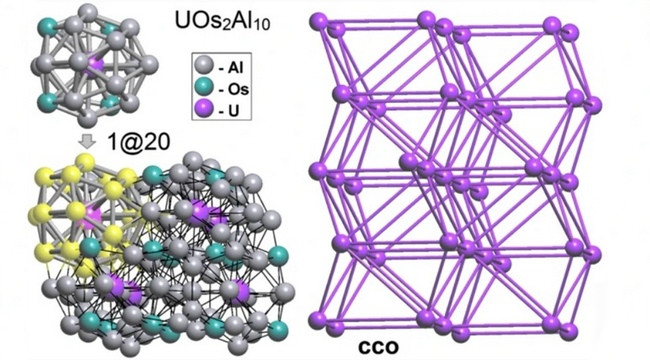Samara Polytech scientists have developed new methods of modeling the crystal structure of chemical substances, which makes it possible to obtain additional information about the object under study, unknown in the initial experimental data, and also to find regularities determining its structure and properties. Science always strives to replace complex natural objects and phenomena with simpler models.
Scientists of Samara Center for Theoretical Materials Science (SCTMS) of Samara Polytech have developed methods to simplify the crystal structure of a substance to obtain chemically important knowledge. The main approaches are described in the article published in the Structural ChemistryjournalIF 2.081 (doi:10.1007/s11224-020-01724-4).
“The main goal of simplifying any crystal structure is to understand the features of its structure and properties, and the simplification can be considered justified if it helps to achieve this goal,” professor Vladislav Blatov, the SCTMS director, explains.
“Another important requirement is that the simplification must follow a strict algorithm in order to avoid human subjectivity, and be applicable to the big crystallographic data”.
The crystallographic model of the crystal structure contains information only about the positions of atoms in space and requires special methods to restore the bond between atoms. All these methods use interatomic distances as the main criterion for the type of bond, but the best results were obtained with additional criteria such as bond strength or parameters of atomic Voronoi polyhedra.
As a result, the crystallographic model is transformed into a crystallochemical one, where interatomic contacts of different types are represented by a grid. If all types of interatomic contacts are included in the grid, then it contains comprehensive information about the topology (connectivity) of the substance structure, and, consequently, about its properties associated with the structure. If some nodes (atoms) and/or links (bonds between atoms) are removed from this complete grid, a simplified model is obtained.
In general, the simplification procedure can include the following basic operations: removing some atoms, removing some bonds, and combining some atoms together with the bonds between them into structural groups (units).
All these operations are easy to perform in the automated complex of computer programs and electronic databases ToposPro, developed by Vladislav Blatov's team. By analyzing simplified structures, one can find patterns in their structure, hidden in the original complete structures.
